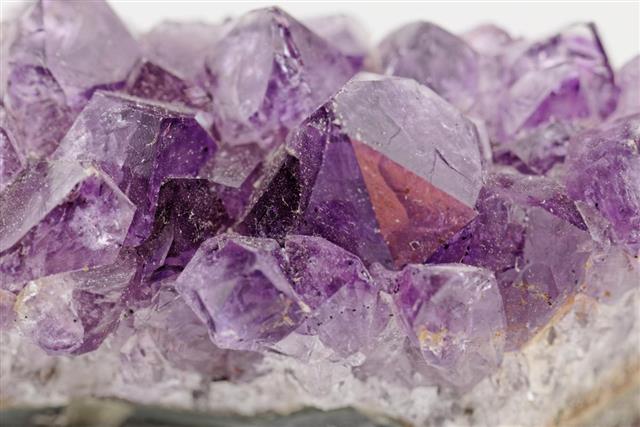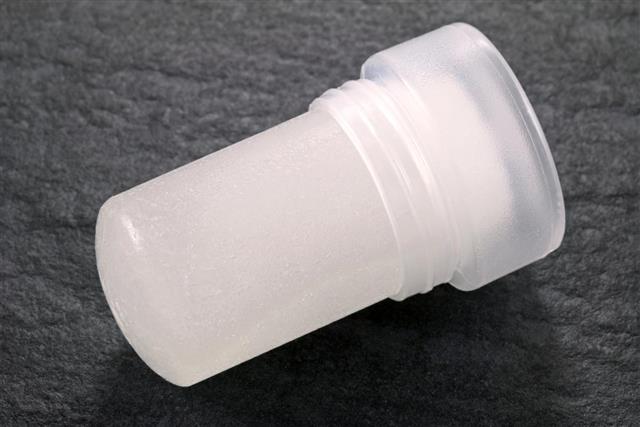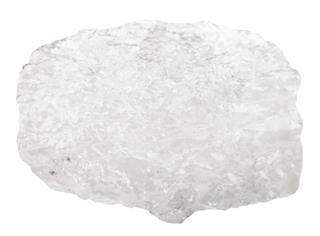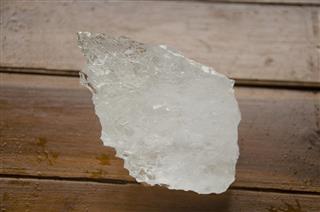
Alum, which is used by many of us, has various interesting facts associated with it. To know more read this article, which focuses on facts and also explains the procedure for growing crystals of alum.
Jenny was studying in class 8 and was asked to do science project. She did not know what to do. While she was thinking about what could be her science project, she saw her friend James coming. Jenny asked him for help. “Grow big alum crystals”, he said. “What are you talking about? And I don’t think it can be my science project”, said Jenny. “Well, then …”, said James and began to leave when Jenny stopped him. “Wait James, I think I should give it a try. If it turns out well, maybe, I can submit it as my science project. But before we proceed with growing the crystals, I think we should brush up on some facts dedicated to alum crystals. What say?” James was equally excited. They soon began working towards her science project. They even gave it a name; they called it ‘Mulling over Alum’.
Here’s what they found out about alum and the procedure for growing alum crystals. Take a look at these facts.
Quick Facts
- Alum is derived from the word alumen.
- Alum is prepared from alunite which is a sulfate mineral. Bauxite is also a source from which alum can be prepared.
- The most commonly used alum is the potasssium alum with the chemical formula KAl(SO4)2.12H2O.
- It can be found in crystalline or powder form.
- The structure of the alum crystals is regular octahedra which is a polyhedron having eight faces.
- The melting point of the powdered alum is 92.5°C (198.5°F) and its boiling point is 200°C (392°F).
- It is odorless and colorless.
- It dissolves in water and is highly soluble in boiling water. The solution that we get is acidic and it has a little sweet taste.
- In an aqueous solution, alum shows all the chemical properties that are exhibited by its individual components.
- Alum is used as an adjuvant i.e. a compound which enhances and increases the durability and longevity of a vaccine.
- Alum has been used for thousands of years to reduce the turbidity and cloudiness of water. Alum acts as a flocculating agent which coagulates all the contaminants and pollutants present in the water. These particles either settle down at the bottom or float on it which can easily be removed by filtration or sedimentation.
- Ayurveda describes the antiseptic, anti-inflammatory, antipyretic, and antibiotic properties of alum.
- It is known to possess haemostatic and antibacterial properties.
- Alum is also a class of compounds which are formed when alkali and trivalent metals react with each other. Their general formula is AM(SO4)2.12H2O, where A is a monovalent cation such as potassium or sodium and M is a trivalent cation like aluminium or chromium. These compounds are hydrates i.e they contain moisture or water molecules that are trapped in the solid structure.
- Heat causes them to liquefy and further heating leaves salt froth as residue which then swells and forms a powder which is amorphous in nature.
Types of Alum
There are four different types of alum, namely; ammonium alum, potash alum, chrome alum and soda alum. Let us know about each of them.
Ammonium alum
Chemically, ammonium alum can be represented as NH4Al(SO4)2.12H2O. This alum is a double sulfate of aluminum. This type of alum is crystalline in nature and white in color.
Potash alum
Potash which is also referred to as aluminum potassium sulfate and is used as an astringent and antiseptic. It is a natural deodorant. Potash alum is also widely used as a water purifying agent. Minerals like kalinite and alunite are natural sources of potash alum.
Chrome alum
Unlike other types of alum, chrome alum is used in the process of tanning. This double sulfate of potassium and chromium is represented as KCr(SO4)2.12H2O. This type of alum is crystalline in nature and violet in color.
Soda alum
Soda alum is nothing but mendozite; the mineral which is found naturally in the environment. This is used in the preparation of salt. It is also used in the preparation of soda. Soda alum is also referred to as sodium alum. This alum can be represented chemically as Na2SO4.Al2(SO4)3.24H2O.
How to Grow a Big Alum Crystal
1. In a clean jar, pour in ½ cup of hot water.
2. After that, add alum to hot water. Add the alum slowly and keep stirring continuously till the alum dissolves in water.
3. Keep this mixture away from dust and other contaminants. To serve this purpose, you can cover the jar with a paper towel or a coffee filter. Keep this mixture undisturbed for at least 12 hours.
4. After the stipulated amount of time mentioned above, pour the water to another jar.
5. You will observe small crystals at the bottom of the jar after the water has been poured out.
6. These alum crystals are known as seed crystals and they are further used for growing big crystals
7. While growing the big crystals, the main aspect that should be considered is that the seed crystal should not touch the sides or the bottom of the jar. To achieve this, tie a nylon fishing line around the seed crystal. The other end should be tied to a flat object like a scale, knife, pen, pencil, etc. Tie it in such a way that the alum is in the liquid (alum solution), but it does not touch the sides or the bottom of the jar. To fix it properly, you will require a few attempts.
8. If, by chance, the crystal, has touched the sides or the bottom of the jar, then pour the liquid from the jar in which you are growing the crystals into another jar, follow the same procedure mentioned above and allow the crystal to grow. After you get the alum of the desired size, remove it from the jar. With this, you complete the procedure of growing alum.
Has this procedure excited you? If yes, go ahead and charge yourself up and try this out. These fascinated both Jenny and James and they are almost half way through their project. What about you?



